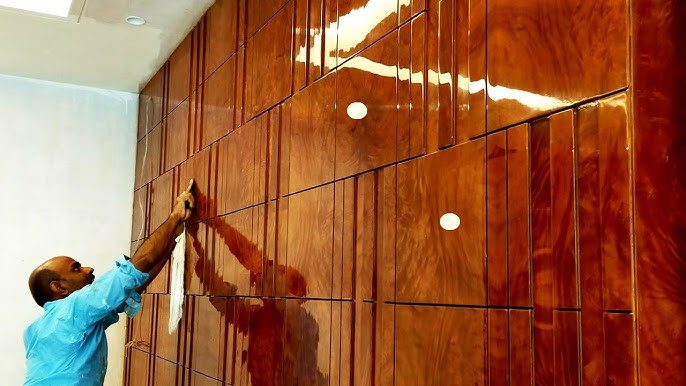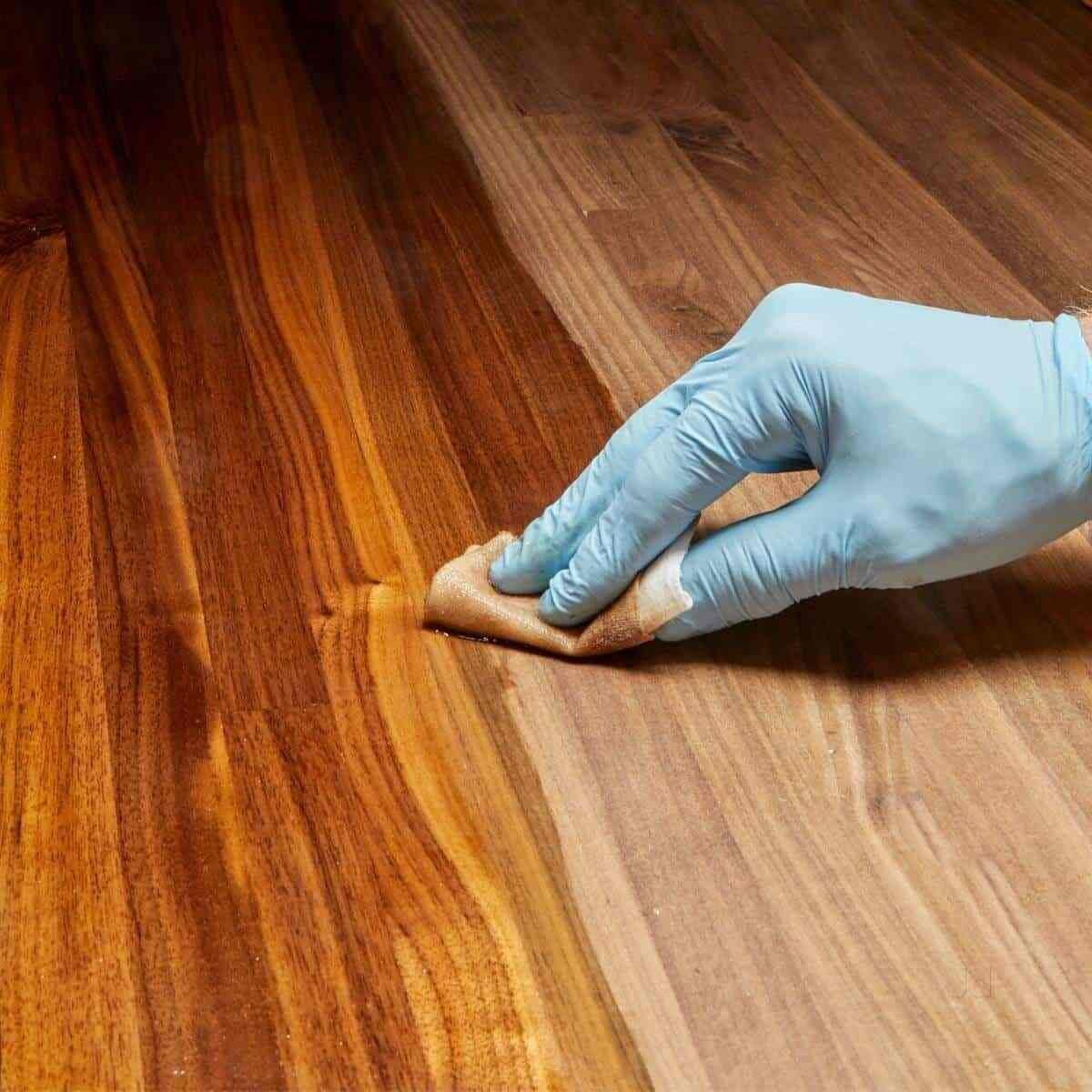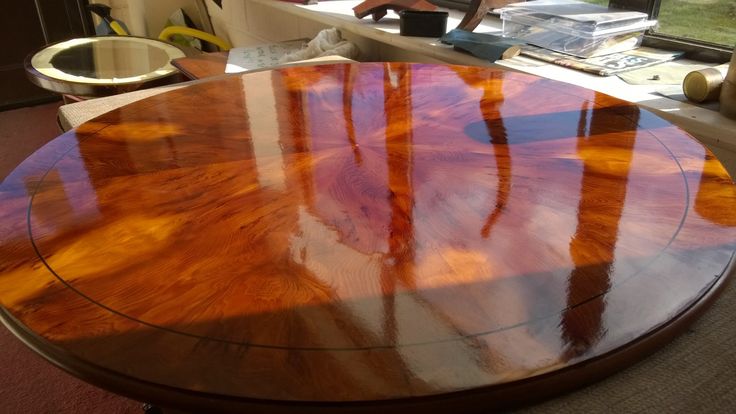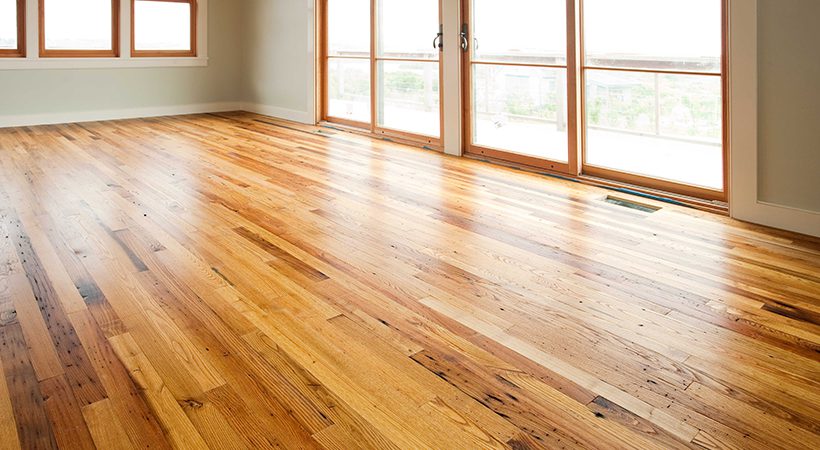Wood Polishing Services Restore the Natural Beauty of Your Wood
Make Your Wood Shine Again with Expert Polishing
At Colorwale, we bring old and dull wood back to life. Whether it’s furniture, doors, windows, or wooden flooring—our polishing service gives them a smooth, shiny, long-lasting finish.
- Premium quality wood-safe materials
- Fast, Affordable, Reliable.
- Eco-friendly products used
- Smooth and glossy finish that lasts

Teakwood

Veneer

Walnut

MDF

Solid Wood

Plywood
Types of Wood We Polish
Colorwale we bring 30+ years of craftsmanship and expertise in premium wood polishing – from classic French Polish to modern PU, Monocoat, Melamine, Water-based PU, and high-gloss Polyester Lamination. Whether it’s open grain or smooth filled finish, our skilled team ensures perfection in every stroke.
Our Wood Polishing Services

PU Polish (Polyurethane)
Finish: Available in matte, semi-gloss, and high gloss.
Base: Oil or water-based.
Use: High-end furniture, kitchen cabinets.
Pros: Scratch & water-resistant, long-lasting.
Cons: Slightly costly.

Melamine Polish
Finish: Matte / Glossy.
Base: Synthetic resin.
Use: Modern furniture, interior panels.
Pros: Durable, water-resistant.
Cons: Slightly less natural feel than PU.

Natural Wood Polish
Finish: Depends on wood type.
Use: For highlighting raw wood texture.
Pros: Organic look.
Cons: Needs frequent maintenance.

Water-Based PU Polish
Finish: Clear and matte.
Use: Eco-friendly furniture, low VOC.
Pros: No odor, quick drying, safe for homes.
Cons: Slightly less durable than oil-based PU.

French Polish
Finish: High gloss, mirror-like.
Base: Shellac (natural resin).
Use: Antique furniture, traditional finish.
Pros: Rich look, enhances wood grain.
Cons: Less durable, water-sensitive.

Lamination Polish (Polyester Coating)
Finish: Ultra high gloss, like glass.
Use: Premium modular furniture, kitchen shutters.
Pros: Extremely durable and waterproof.
Cons: Expensive, difficult to repair.

Wax Polish
Finish: Matte / Glossy.
Base: Synthetic resin.
Use: Modern furniture, interior panels.
Pros: Durable, water-resistant.
Cons: Slightly less natural feel than PU.

Monocoat Oil Polish
Finish: Natural matte, soft-touch.
Base: Natural oil + pigment.
Use: Eco-friendly interiors, premium wood.
Pros: One-coat application, eco-safe.
Cons: Needs careful application, limited gloss.
Frequently Asked Questions
Polishing wood is an easy DIY project that leaves woods moisturized and protected from the elements and regular wear. Raw wood accents look great, but using a lacquer, varnish, or an oil solution to polish your wood will enhance the natural colors and leave a beautiful finish.
Use a soft cloth to apply good-quality wax — designed for wood — or use a little lemon-oil polish no more than every few weeks.
It depends on the type of wood and usage. PU polish is best for durability, while melamine is cost-effective. For antique or natural finishes, wax or French polish is ideal.
Usually 1–3 days, depending on the surface area, type of polish, and drying time.
Yes. We use non-toxic, low-odor materials. Proper ventilation is ensured during the process for safety.
Yes. Minor scratches, dents, and dull areas can be repaired before the polishing begins.
osts vary based on the polish type and surface area. Contact us for a free estimate.
Absolutely! Polishing revives dull, faded, or worn-out furniture and makes it look new.